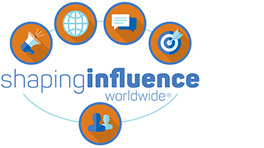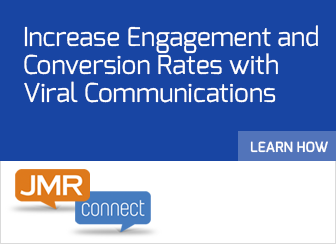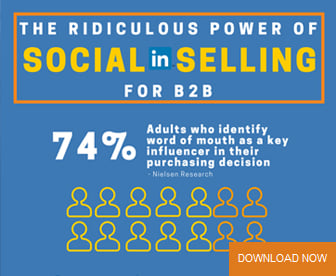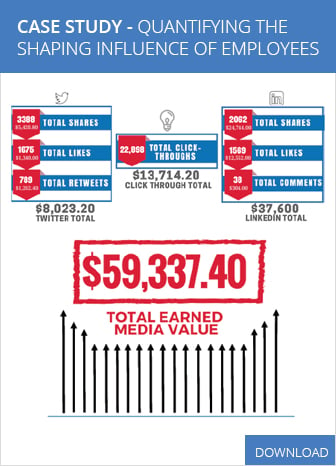Why Businesses Keep Turning to Influencer Marketing
Marketing has long been at least as much art as science, but interestingly, the state of marketing today has changed somewhat. From casting the wide net of broadcasting in a bid to catch a handful of customers, influencer marketing has allowed marketers to cast much narrower nets that are more likely than ever to come back full. A marketing tactic that's considered 94 percent effective among its users, and its users a surprisingly broad 86 percent of the market, it's clear that this breed of marketing will carry on in growth.
With influencer marketing winning the hearts and minds of a large proportion of marketer users thanks to its sheer ability to get results, it's easy to see why marketers would leave behind the wide-scale poor-accuracy results of shotgun advertising via broadcast to pick up a tool that's much more precise. It wasn't about the precision targeting alone, however, as most of the marketers discussed in a study from Linqia revealed that “authentic content about the brand” was top priority, with 89 percent of respondents answering such.
Further, 77 percent turned to influencer marketing to drive “...engagement around their brand”, and 56 favored it for driving “...traffic to...websites or landing pages.” Almost half—43 percent—tapped it to “reach younger generations who don't trust traditional advertising,” and that may be the single biggest point of influencer marketing.
There were some problems associated with influencer marketing, many of which were a combination of “it's a new marketing form” coupled with many of the standard problems of marketing in general. Determining return on investment (ROI) for influencer marketing was a problem in 78 percent of cases, followed by picking which influencer to work with, figuring out how influencer marketing fits in a marketing mix, and even changes in Federal Trade Commission regulations around the concept.
Determining ROI in marketing has always been a problem, because the biggest problem has always been solving for R, so to speak. Figuring out the return is difficult; is it just a matter of new shopping growth? That would mean an ad campaign that generates no traffic for a month might be considered to have failed, even if a month later sales skyrocket. Marketing's impact isn't just immediate; it's felt down the line in every return customer. It's impossible to quantify everything about marketing; how does one measure a sentiment changed? So for influencer marketing to suffer from a weak ROI determination factor just proves it's part of marketing.
Yet it's clear that marketing is becoming much more of a science, influenced by hard data and numbers to match. It doesn't always work that way—some things just can't be quantified—but influencer marketing has clearly proven its case.
Edited by Alicia Young











